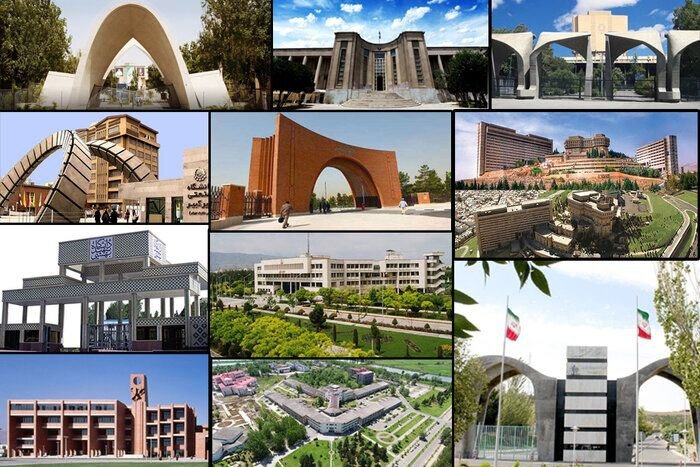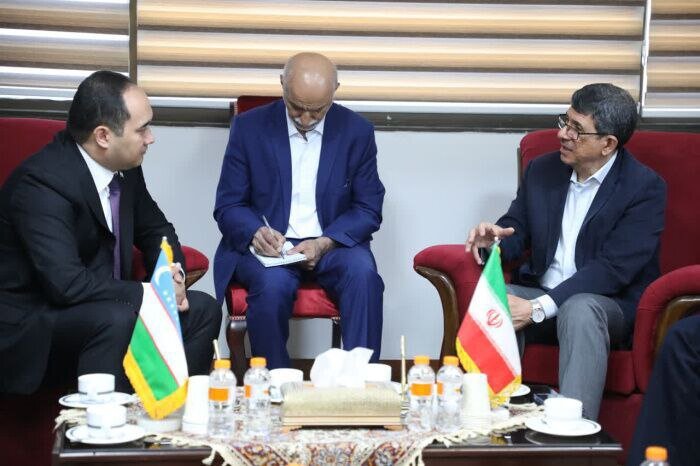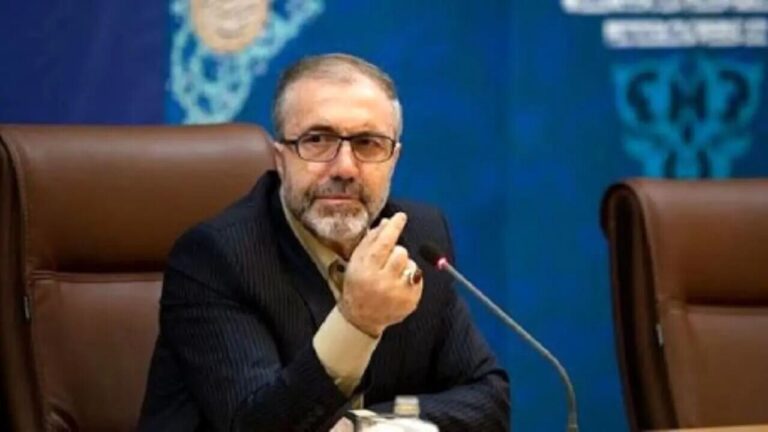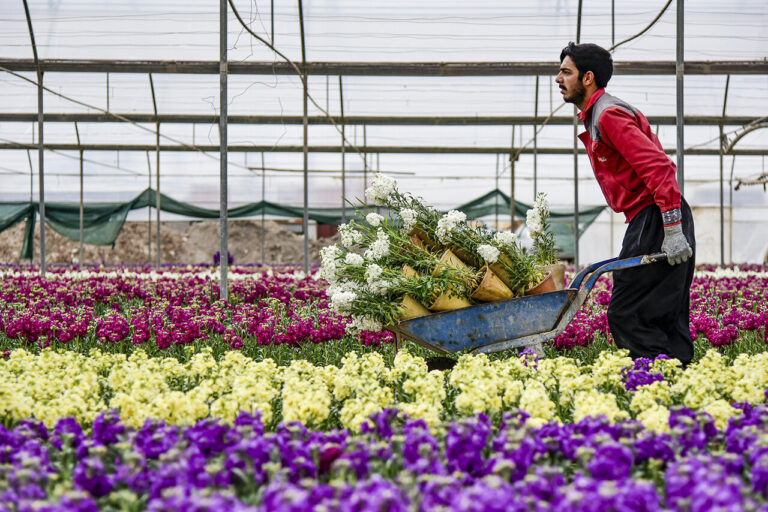
Similar Posts

Majlis Grants Membership to International Solar Energy Society: A Step Towards Sustainable Energy Innovation!
The Iranian parliament has approved the country’s membership in the International Solar Energy Society (ISES), marking a significant commitment to renewable energy and solar power. Founded in 1954, ISES promotes solar energy globally, with members from over 110 countries. Iran plans to boost its solar capacity by 4,000 megawatts by March 2026, increasing its current capacity of 1,200 megawatts significantly. Energy Minister Abbas Ali-Abadi emphasized collaboration with the private sector to create an attractive investment environment. This expansion aligns with Iran’s strategy to develop its renewable energy sector and reduce fossil fuel reliance, signaling a shift toward sustainable energy.

Tashkent and Tehran Forge Stronger Sci-Tech Partnership for Future Innovation
Uzbekistan’s first Deputy Minister of Higher Education, Daliv Shahrukh Khozhakbarovich, has called for collaboration with Iranian universities to enhance technology and innovation in Uzbekistan. During a meeting with Farhad Yazdandoost of Iran’s Ministry of Science, they discussed potential partnerships in expertise sharing, joint funding, and student exchanges. Yazdandoost highlighted Iran’s scientific progress and its goal to attract 300,000 foreign students. Future cooperation may involve joint research projects and academic mobility. Both officials emphasized leveraging each country’s strengths to foster educational and technological advancements, aiming for a fruitful partnership that benefits both nations’ ecosystems.

Unilateral Sanctions Undermine Effective Counter-Narcotics Strategies
Brigadier General Hossein Zolfaqari, Secretary General of Iran’s Drug Control Headquarters, highlighted the detrimental effects of unfair sanctions on Iran’s ability to implement drug treatment and harm reduction programs during the 68th United Nations Commission on Narcotic Drugs in Vienna. He noted that sanctions complicate drug control strategies amid the rise of new psychoactive substances (NPS). Zolfaqari called for enhanced international cooperation, technical assistance, and sharing of best practices. He urged for the restoration of collaborative initiatives, such as agreements with Afghanistan and Pakistan, and emphasized the need for funding to support regional drug control efforts effectively.

Isfahan: The Flower Powerhouse Leading Stock Flower Production
Khomeini Shahr, in Isfahan Province, is Iran’s leading producer of matthiola incana (stock flowers), which hold cultural significance during Nowruz, adorning Haft Seen tables. Known for their vibrant colors and aromatic fragrance, the flowers boost local economies, providing livelihoods for many families. Farmers employ sustainable practices, including soil preparation and pest management, to ensure high-quality blooms. As demand rises with the festive season, Khomeini Shahr has become a key hub for stock flower production, with a focus on environmentally friendly methods. The city’s commitment to quality promises a bright future for matthiola incana, symbolizing renewal and hope in Iranian culture.

Report Reveals Average Age of First-Time Mothers in Iran Hits 27.5 Years
Recent data from Iran’s National Organization for Civil Registration shows that the average age for women giving birth to their first child is 27.5 years, while for men it is 32.3 years. Urban first-time mothers average 28.2 years, compared to 24.4 years in rural areas. Notably, Tehran sees mothers averaging 30.6 years, while Sistan-Baluchestan has much younger averages. The fertility rate, after a seven-year decline, has stabilized at 1.6 children per woman due to the youth population law. Despite government incentives, expected growth in the youth population has not materialized, highlighting the complexities of family planning in Iran.

Faculty Exodus from Iran’s Universities: A Looming Crisis for Higher Education and Healthcare
The exodus of faculty members from Iran’s universities, especially in medical fields, has alarmed educational authorities. Mohammad Jalili from the Ministry of Health noted the trend’s severity, stressing the loss of professors represents a significant national investment. To combat this, he suggested enhancing professors’ social status, improving living conditions, and streamlining recruitment processes. The crisis is widespread, with 53% of professors and 45% of medical professionals considering emigration. Financial constraints, including capped salaries, further exacerbate the issue. Without urgent reforms to improve conditions and compensation, Iran’s educational and healthcare systems face destabilization.